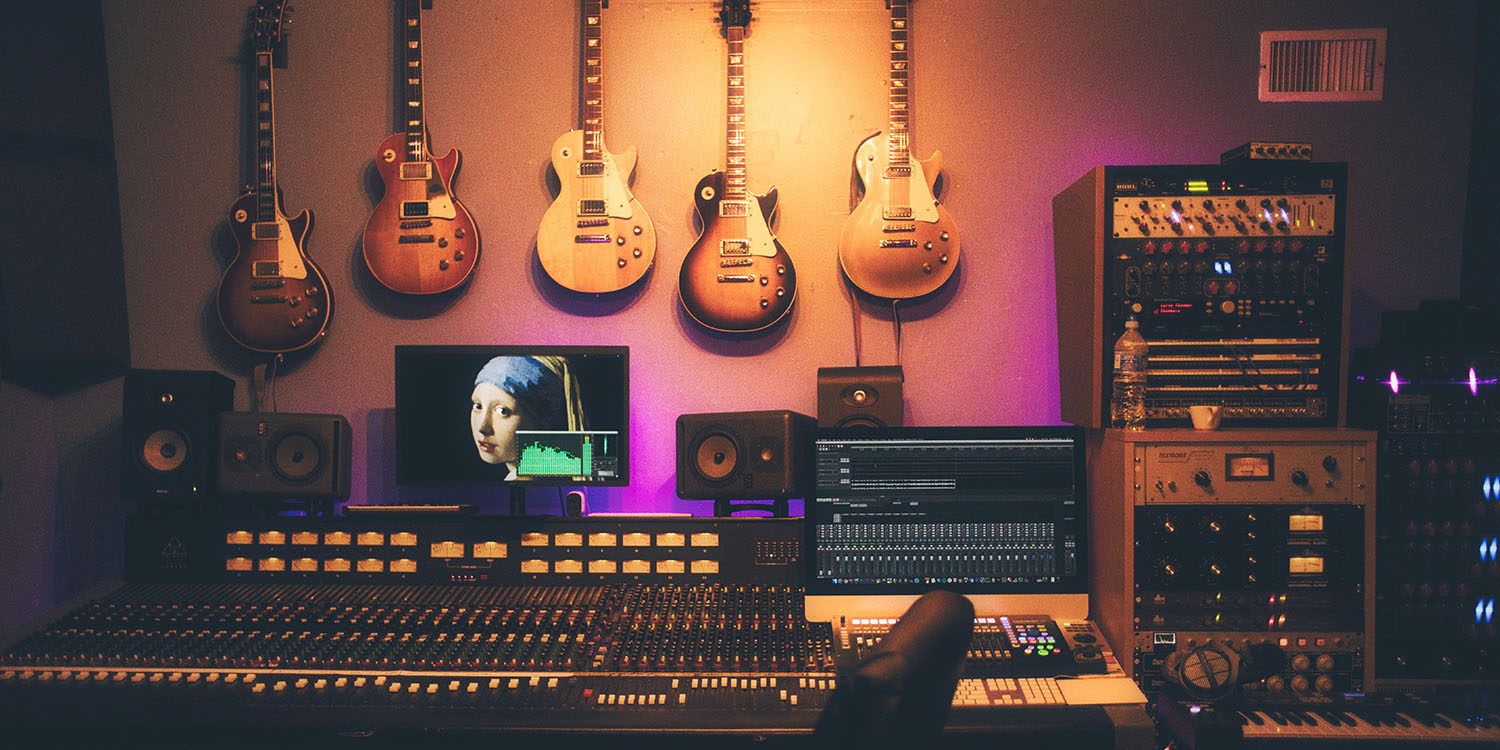
Bob Clearman, the US recording engineer who mixed Bruce Springsteen’s Born in the U.S.A. album, says that he hopes Spatial Audio will bring back the days when people sat down and actively listened to music – instead of it simply being a background soundtrack to their lives.
Artist Alicia Keys says that it should, as it completely transforms the experience of listening to an album …
What is Spatial Audio, aka Dolby Atmos?
Spatial Audio is Apple’s marketing term for Dolby Atmos, likely chosen in an attempt to make it sound like an audio format exclusive to the company’s own products. It first launched on Apple Music a little over two years ago.
It’s a form of surround sound, but is significantly more sophisticated than the 5.1 and 7.1 implementations which preceded it. Here’s how What HiFi describes it:
Unlike traditional channel-based systems, Dolby Atmos doesn’t just send audio at discrete levels to each speaker. The technology can also produce up to 118 simultaneous sound objects, allowing the sound designer to place each sound and voice to exact points within the sound field rather than simply assign them to specific channels.
These objects can be manipulated and moved around within the space creating a convincing 3D soundstage.
Spatial Audio requires careful remixes
Music labels need to remix their master recordings to take advantage of the technology. In the best of cases, they use the original production teams – who bring to the work their understanding of what the artist was aiming to achieve. But Clearman told The New York Times that not all labels are taking the work so seriously.
“The labels seem to be farming this stuff out and it isn’t always being done with the original artist or production team involved,” Clearmountain said. “I know that’s not always possible. But sometimes what comes back are just bad mixes — or strange mixes, anyway.”
Fellow producer and sound engineer Brad Wood agrees.
Wood — who has done mixes in consultation with the original artists as well as on his own — [said] “In general, you have to try to put the tracks into a speaker array so it doesn’t sound too jarring or gimmicky,” he said. “The goal is to feel like you’re sitting amongst these musicians as they’re performing. Like all mixing, it’s subjective, and how you approach it really depends on the music itself.”
Spatial Audio transforms music
But when it’s done right, they say, it really transforms the experience of listening to music.
“Music has become background noise for most people. It’s something in your headphones while you’re out doing other stuff,” he said. “When I was a teenager, I used to listen to an album three, four times through just sitting in front of my speakers, entranced.” That way of listening has disappeared, he said, but he’s hopeful that Atmos can bring it back, “if we’re able to get people to understand what it is and hear it the right way.”
Alicia Keys, who has so far had eight of her albums remixed for Dolby Atmos, is another big fan of the tech.
Keys said that engineers working on her albums “completely reimagined every note, every sound, every instrument, every voice. It sounds like you’ve never heard it before. I mean, I never even heard it like this before. It really is a new experience.”
I was a Dolby Atmos skeptic so far as music was concerned, but quickly discovered I was wrong.
The idea of messing with stereo signals to create an entirely artificial sense of three-dimensional space didn’t strike me as something I was likely to enjoy. The technique involves adjusting both the sound frequencies and phase timings to fool the ears into thinking that each element of the sound originates from a particular position in space. That seemed to me to have great potential to ruin, rather than enhance, the sound reproduction […]
I didn’t get any sense of distortion – the pure audio reproduction sounded as good as stereo. But the soundstage was significantly wider. I went back and forth with the settings, to switch Spatial Audio on and off, and there was definitely no placebo effect at play: this stuff works.
It’s not dissimilar to listening to the same track on a pair of closed-back headphones and then listening to it again on some open-back ones of equivalent quality. You get the sense that the room in which the music was recorded just became twice as big.
What’s your experience of Spatial Audio?
While the AirPods maker is keen to brand it as an Apple experience, you don’t need AirPods to experience it: you can do so on any third-party headphones, after toggling on the feature.
Do you agree that Spatial Audio transforms music, and do you find yourself more actively listening to these recordings? Please share your thoughts and experiences in the comments.
Photo: Caught In Joy/Unsplash
FTC: We use income earning auto affiliate links. More.





